Being in a rush to drive somewhere, only to be held up by a car that won't start, is a frustrating experience. While there can be a good number of reasons why your vehicle is inoperable, the engine not turning over only has a surprising few causes. If you want to know why you can't get your vehicle's engine to turn over, we can help. We researched the causes and solutions for this from numerous professional sources, so you will have a definitive set of reasons.
If your vehicle's engine won't turn over, there are five common causes. They are as follows:
- Low or dead battery
- Faulty starter motor
- Dirty battery
- Bad ignition switch
- Poor starter connection
Now that we know the most common reasons why your engine won't turn over, let's take a closer look at each cause. You might also be wondering how you can tell if the problem is your starter or your battery or how you can safely and accurately test your ignition. Is there a fuse for the ignition switch? How much will it cost to replace ignition coils in the vehicle? For the answers to these questions and more, read ahead in this post to see what our research has uncovered.
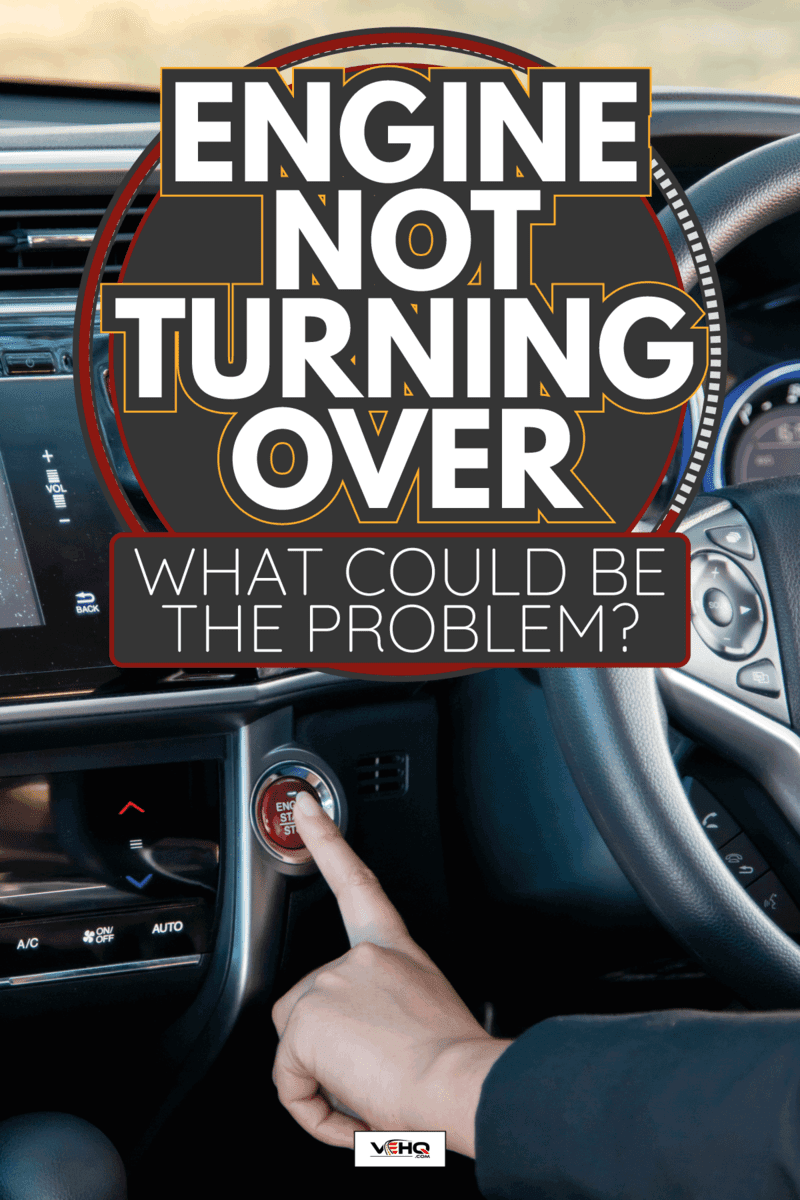
Examining the 5 main causes of why your vehicle won't start
We listed the most common reasons why you can't get your engine to turn over earlier in this post. Here, we'll take a more in-depth look at those causes.
Low or dead battery
The most common culprit for an engine not turning over is battery related. If you are getting some of the electrically powered features in your cab to come on, like the radio, but still can't make the vehicle start, it will most likely be the battery. A weak battery will still provide enough juice to make lights and other features come on but won't have enough to make the engine start.
A totally dead battery won't allow anything to come on at all. And it might not be able to take a jump charge if it has been dying a lot recently. If you are able to get a jump start and get your vehicle started, then you should keep your engine running for at least 25 minutes, so that the battery can fully charge again.
Faulty starter motor
The starter motor is a part that can wear out long before your engine. It won't typically stop working without some warning signs that it is about to fail, however.
You might notice that the starter is taking longer to turn the engine over. If your engine begins to start sluggishly, with some delay, it's worth getting the starter checked out, so you can fix the issue before you get stranded somewhere unexpectedly.
Dirty battery
Sometimes the problem is battery related, but not related to the battery being low or dead. Check your battery terminals and posts. If you see signs of corrosiveness or debris, this could very well be why you can't start your vehicle.
Carefully disconnect the battery cables from the posts, and thoroughly clean them with a dry cloth as best you can. Battery terminal cleaner works best if you have any handy.
Removing this gunk and debris will allow your engine to turn over if this is the issue. The debris interferes with the battery transferring power along the battery cables, so removing it will be a big help.
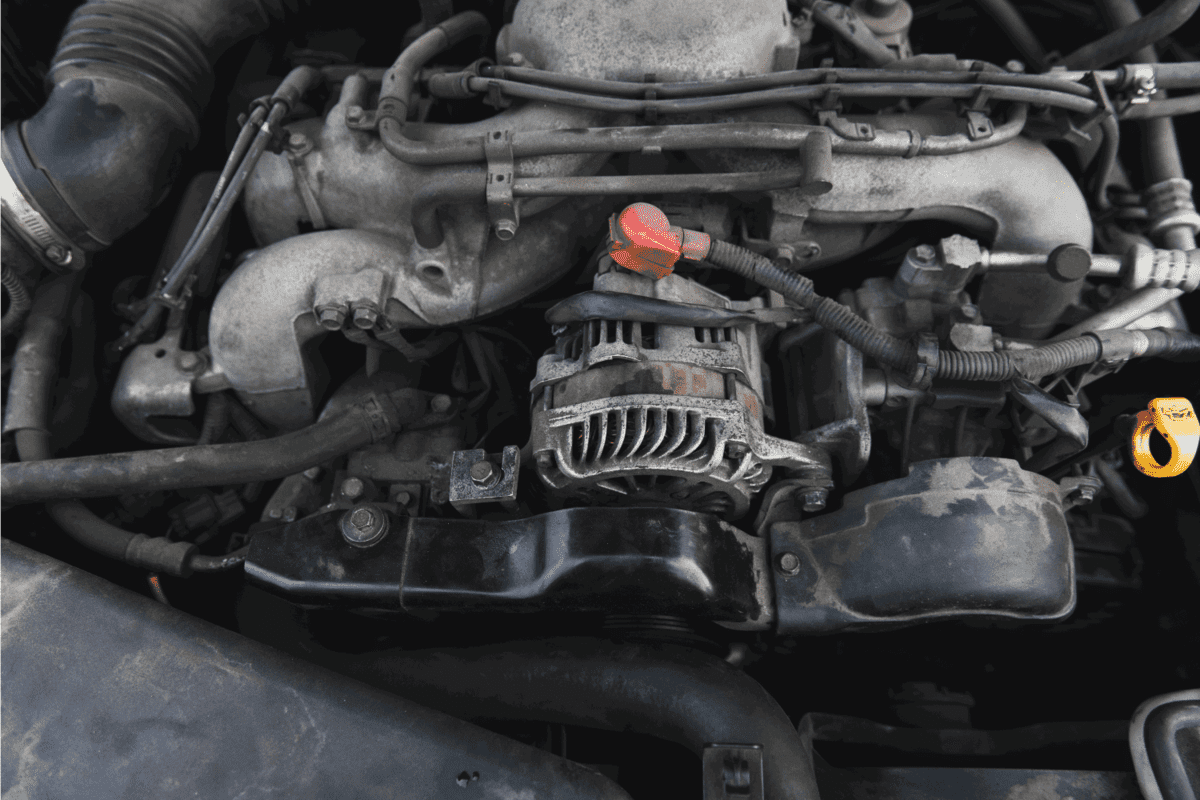
Bad ignition switch
You'll need an ignition switch in working order if you want your vehicle to start. If this part is faulty, you won't have any dash lights come on when you place the ignition key into the "on" position.
Poor starter connection
The starter cable connects the battery to the starter motor. If this cable has become disconnected, frayed, or damaged in any other way, your vehicle will not start. It could also need cleaning, as a dirty starter cable can keep the engine from turning over. Use a stiff brush to clean away any gunk or debris, and see if this solves your problem.
How do you tell if it's your starter or your battery?
In almost every case, you can quickly eliminate your starter or battery right after you use your key to start the engine. If you put your starter in the "on" position, you should notice dash lights coming on immediately. If these lights come on, then you have at least some battery power. If none come on at all, then you have a dead or severely drained battery.
If you attempt to turn your engine over and only hear a series of clicks, then you have a faulty starter.
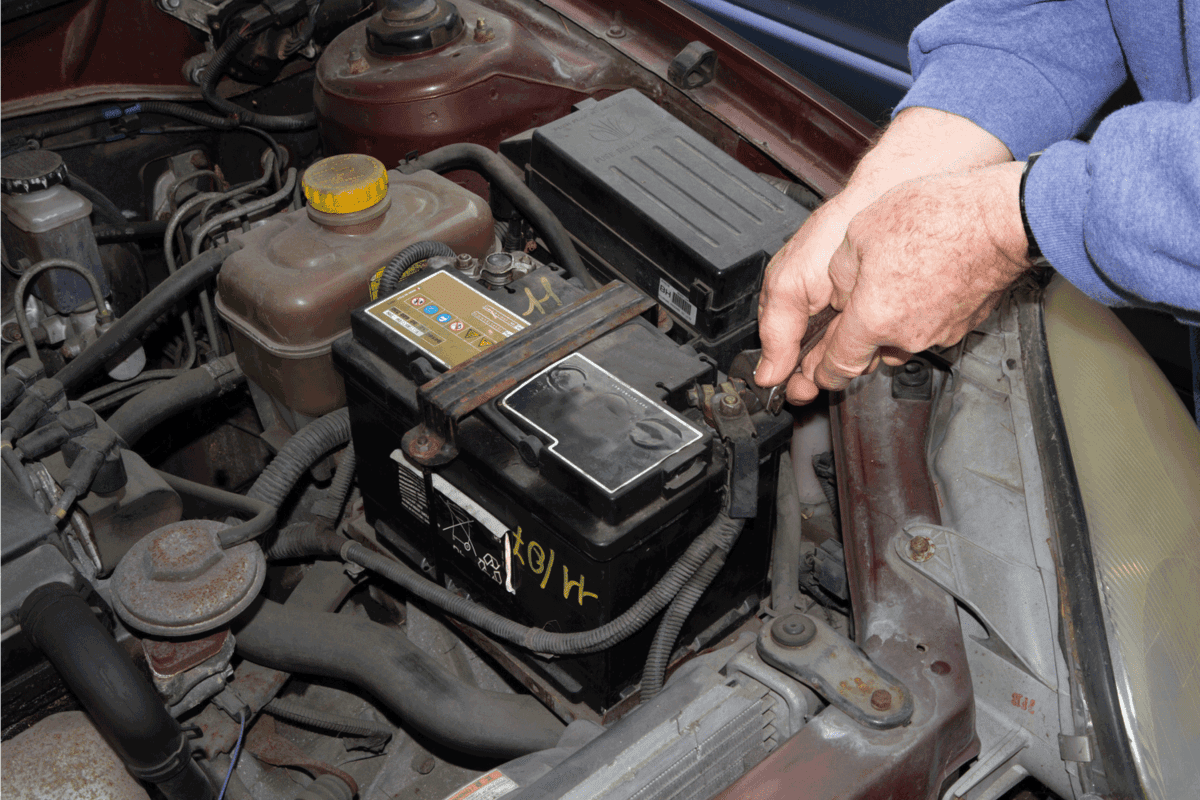
How do I test my ignition?
Testing the ignition is something you would typically have a dealership or mechanic do for you. But if you feel confident in your ability and have the proper tools at hand, this is something you can attempt on your own. There are three ways you can check for this, which we listed below.
Step 1
Locate a spark plug, and remove one of the wires. Insert an old spark plug into the plug wire boot. Put the wired spark plug on a metal ground on the engine block. Have someone crank the engine while you observe. If there is no spark from the plug, then the problem is in the ignition.
Step 2
Using a multimeter, check for voltage at the coil positive terminal. This should be done when the ignition is turned to the "on" position. Carefully place the black lead wire to the negative battery terminal, then turn the ignition to the "run" position.
The multimeter should then have a battery reading register at the positive battery terminal. Should it not have a voltage reading, then the problem will be in the ignition switch or somewhere in the wiring of the ignition.
Step 3
Look for the ignition module positive wire. Turn your ignition key to the "run" position, but do not start the vehicle. Using the red lead on the multimeter, connect to the positive wire of the ignition module.
A good ignition system will show a voltage reading at this wire. If not, there is an open circuit somewhere between the ignition switch and the ignition positive module wire.
How can you tell if the ignition switch is bad?
There are six major signs that your ignition switch has gone bad, and is in need of replacement. In no particular order, they are:
- The ignition key will not turn properly
- Steering lock removal gets stuck in one place
- Lag in starting, or failure to start
- Auto accessories, like lights and radio, won't work (this could also be a battery issue)
- Dashboard lights are weak or not illuminated (this could also be a battery issue)
- Vehicle stalls after it has been running
For a more detailed explanation for each potential cause, consult Car Solution.
Is there a fuse for the ignition switch?
The power to the ignition switch is carried by three fuses. There will typically be 120 amp alternator fuse, which will carry power to the two smaller fuses. The smaller fuses are class AM 1 and AM 2. When the power is carried to these two fuses, they in-turn carry it to the ignition switch.
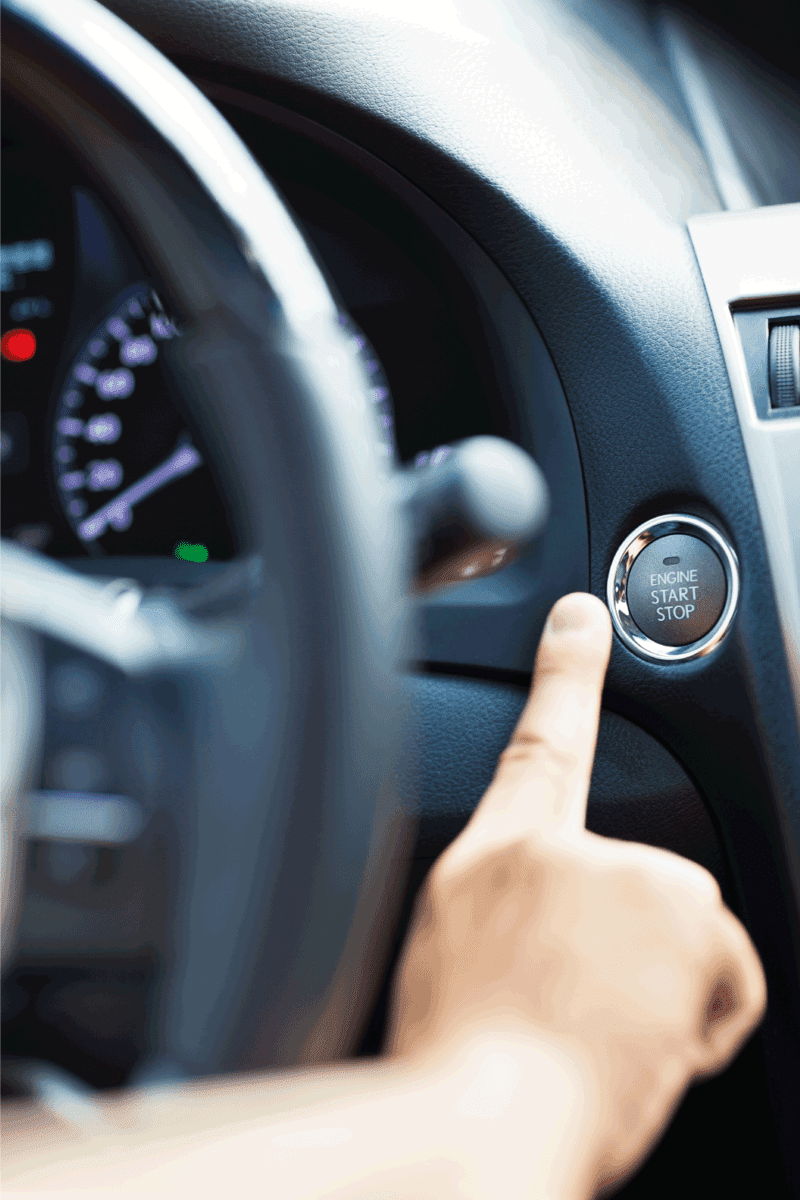
Can you jump a car with a bad starter?
You can easily start your car if the starter is faulty by following a few simple steps. Only do this if you are comfortable in your own ability, however.
- Locate the starter solenoid. This is almost always on the top of your vehicle's starter motor. The starter motor will be next to your battery.
- Place your vehicle in neutral.
- Using a flat bladed screwdriver, one with a rubber handle, place the blade on the post that is attached to the starter motor. This is usually a thick, black post with a wire coming out of it.
- Maneuver the shaft of the screwdriver so that it touches the terminals that are leading out of the solenoid. This should be done while keeping the blade of the screwdriver on the starter motor post.
- Have someone turn the ignition over. This should only be done after you make certain that no part of your body is touching any metal part of the screwdriver or engine block.
- Your car should start!
How much does it cost to replace ignition coils?
The average ignition coil will cost around $60 to replace. This is the cost of the part only. Factoring in another $50 to $75 for labor, you can expect to pay $110 to $125 for the entire job.
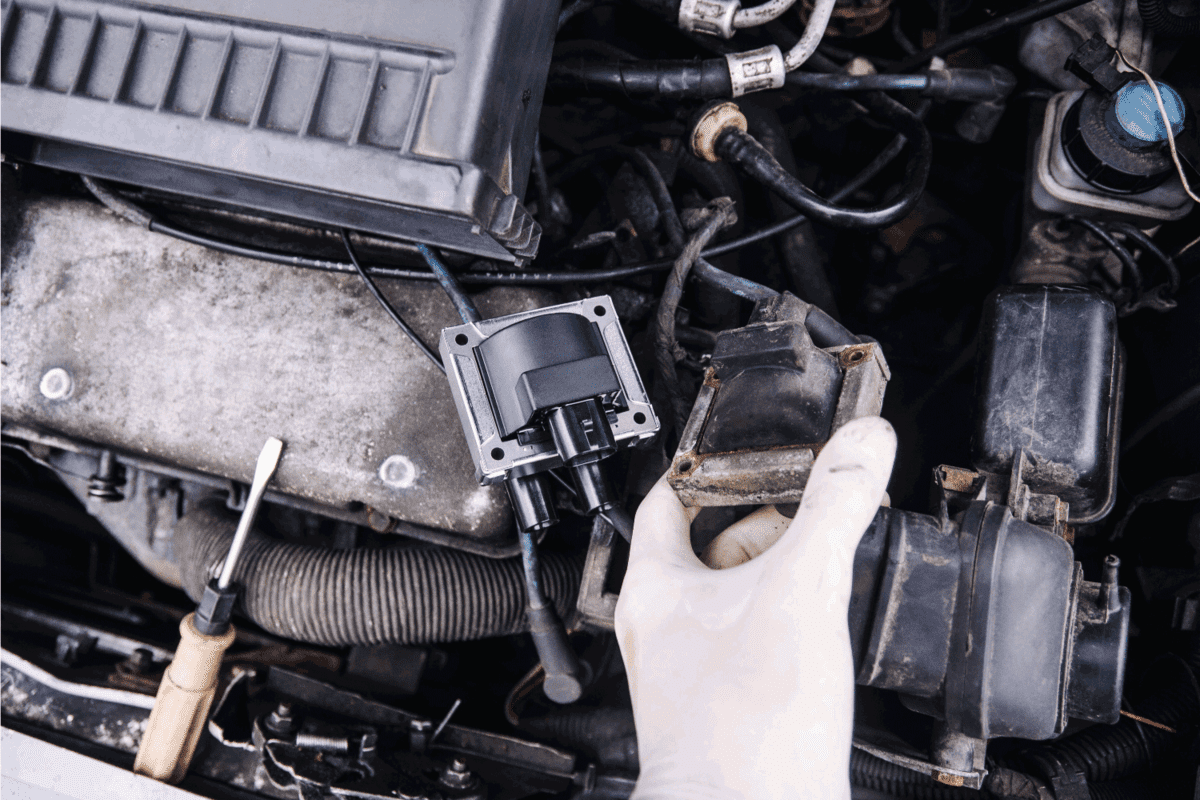
In closing
Knowing the causes and solutions to your vehicle's engine not turning over can be helpful if you are ever stranded. This knowledge will also help make you better prepared, as there are tools and supplies you can keep in your vehicle that can aid you. For safety's sake, don't attempt any repair or maintenance item that you are not 100% comfortable with doing on your own. For these items, consult your dealership or a trusted local mechanic to assist you. Drive safe!
If you found this post on vehicle engines helpful, we believe you'll enjoy reading the following automotive posts:
How Hot Does A Combustion Chamber Get In A Vehicle? [The Answer Might Surprise You!]
Smoke Coming From Exhaust—Here’s What Could Be Wrong
Do All 4 Tires Need To Be The Same Brand? Or Can You Mix And Match?
